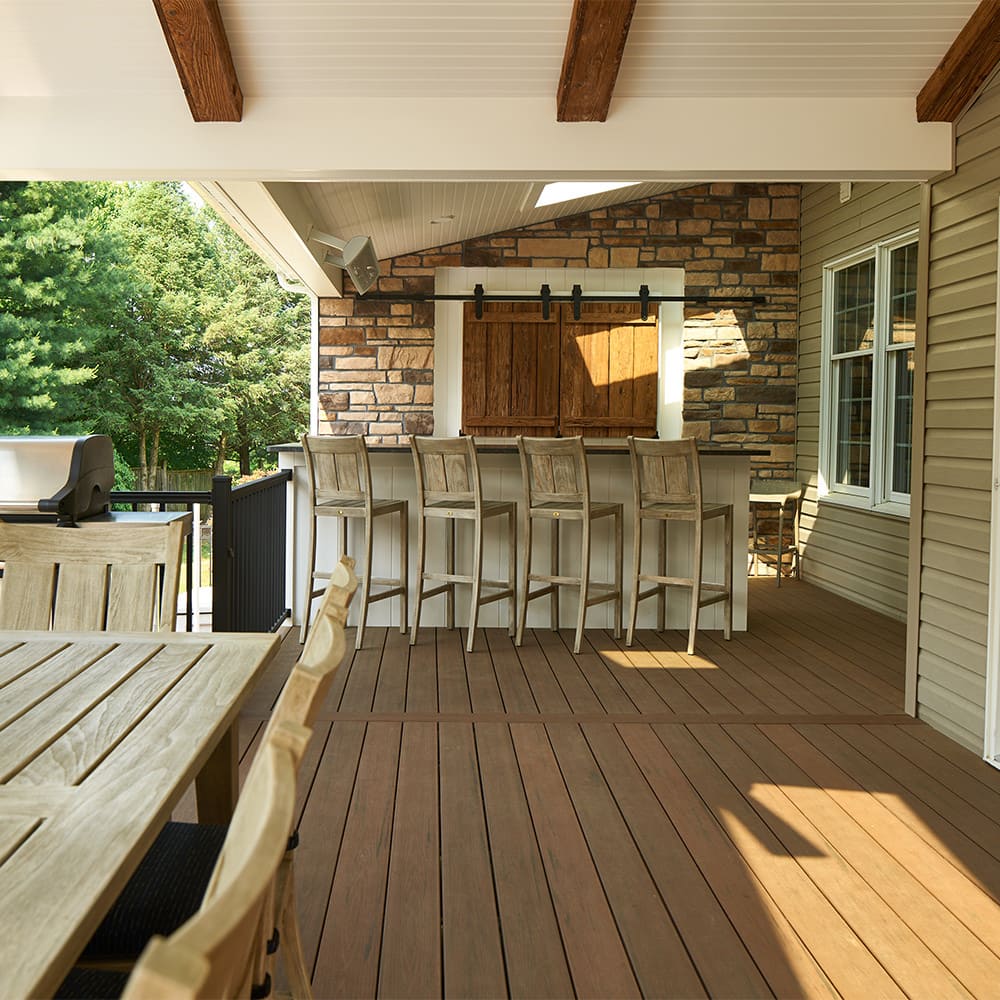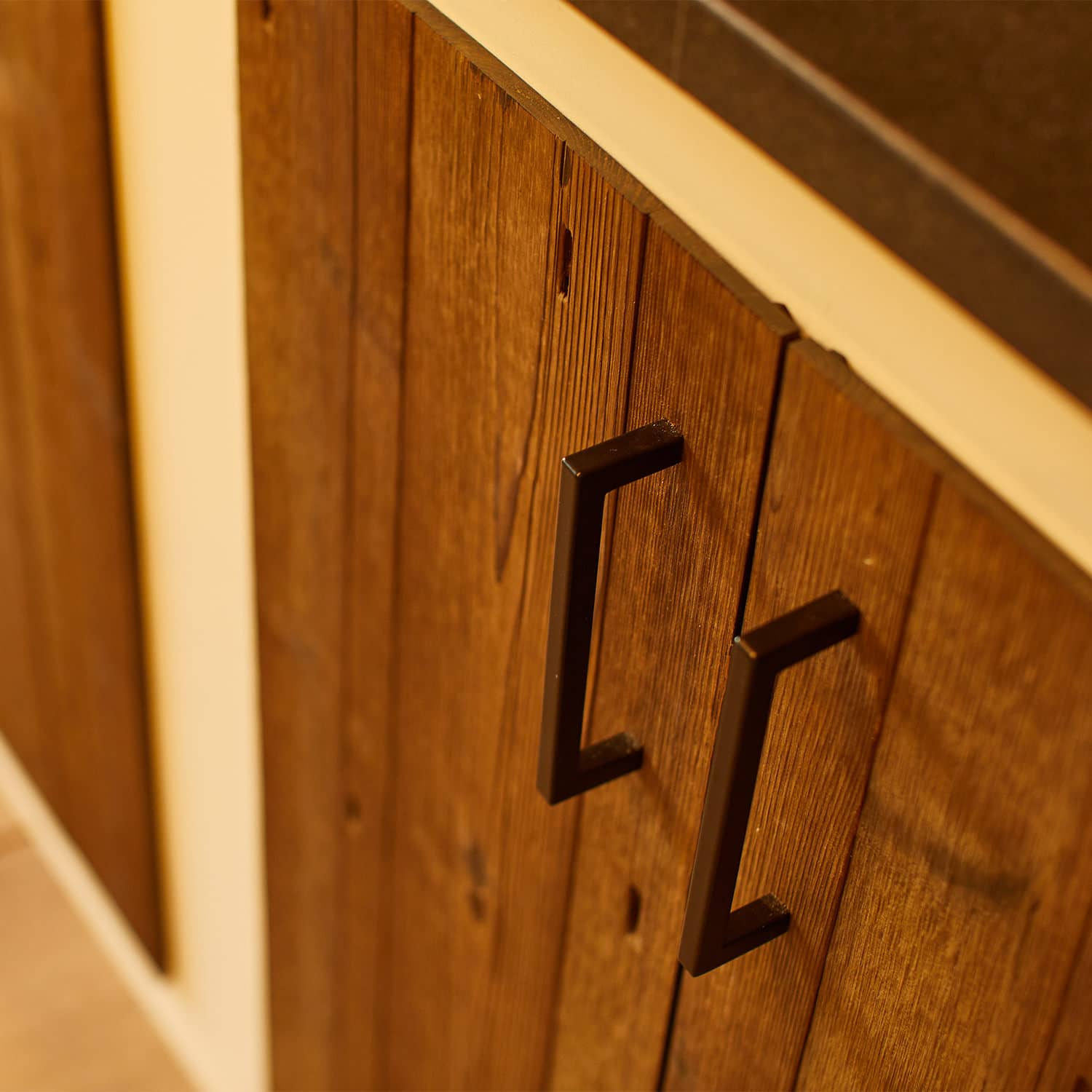What is a gabion and what are its uses?
Posted November 5, 2015 in Blog, Landscape Design
Are you looking for something different for your backyard landscape design but just can’t quite put your finger on it? Have you searched high and low and still remain uninspired? What if I told you that your solution can either have an industrial, traditional or modern look that serves one or several purposes all at once? Maybe you should think about contacting a professional to install a gabion. What is a gabion, you ask? Great question!

For aesthetic purposes only, gabions don’t have to be filled with rock or concrete. These types of gabions can be filled with anything from shells, brick, wooden logs, river rock, 
More often than not, however, gabions are used to serve a specific purpose. The most popular residential application is a retaining wall. These 

With every outdoor project, there are a few things to consider before moving forward Here is a quick list of pros and cons to see if this could be the right structure for your landscape:
Pro
Aesthetic: Gabions have a tendency to texturally tie into their natural surroundings, giving them their aesthetic appeal.
Installation: By not requiring a foundation, it can be a cost effective solution to a backyard issue you may have.
Permanence: The materials filling the gabion are permeable which lends to its longevity, as well as the cage itself being intrinsically durable and resilient.
Environmentally Friendly: Gabions can be filled with recycled materials such as concrete or rock that is waste from construction projects, which would reduce landfill and fuel consumption.
Con
Style: Not every home is a cohesive fit for a gabion feature.
Size: Gabions take up ample space because of their bulk, which is needed to perform as a load bearing structure. Gabions are not particularly suited for smaller backyards.
Size: You must be sure that the filler material is at least 3″ in diameter to be sure that nothing can escape the cage grid.
Unexpected Guests: Bugs and small animals may find their way into the gaps of the fill and set up shop.
If you think that a gabion is the creative backyard solution that you have been searching high and low for, be sure to contact a professional so they can lend their expertise. While these structures may seem less involved than structures that require footings and precise masonry work, they still require a professional to design and install. Load calculations need to be done to make sure that the structure remains sound and is installed properly, especially when used as a retaining wall.
If you would like to explore the true potential for your backyard and are ready for your own backyard transformation, reach out to MasterPLAN Landscape Design. We are a design/build firm that is passionate, professional and believes that your outdoor living space is more than just a pool, deck or patio, but a place for you to create long lasting memories with your family and friends. We are ready to turn your dream backyard into a reality, starting with the creation of your very own custom 3D design!
Join Our Newsletter
Stay up to date with what is happening with MasterPLAN Outdoor Living.

One of our main objectives is to match the architecture and aesthetic of your home so your new outdoor living space never looks like an afterthought!
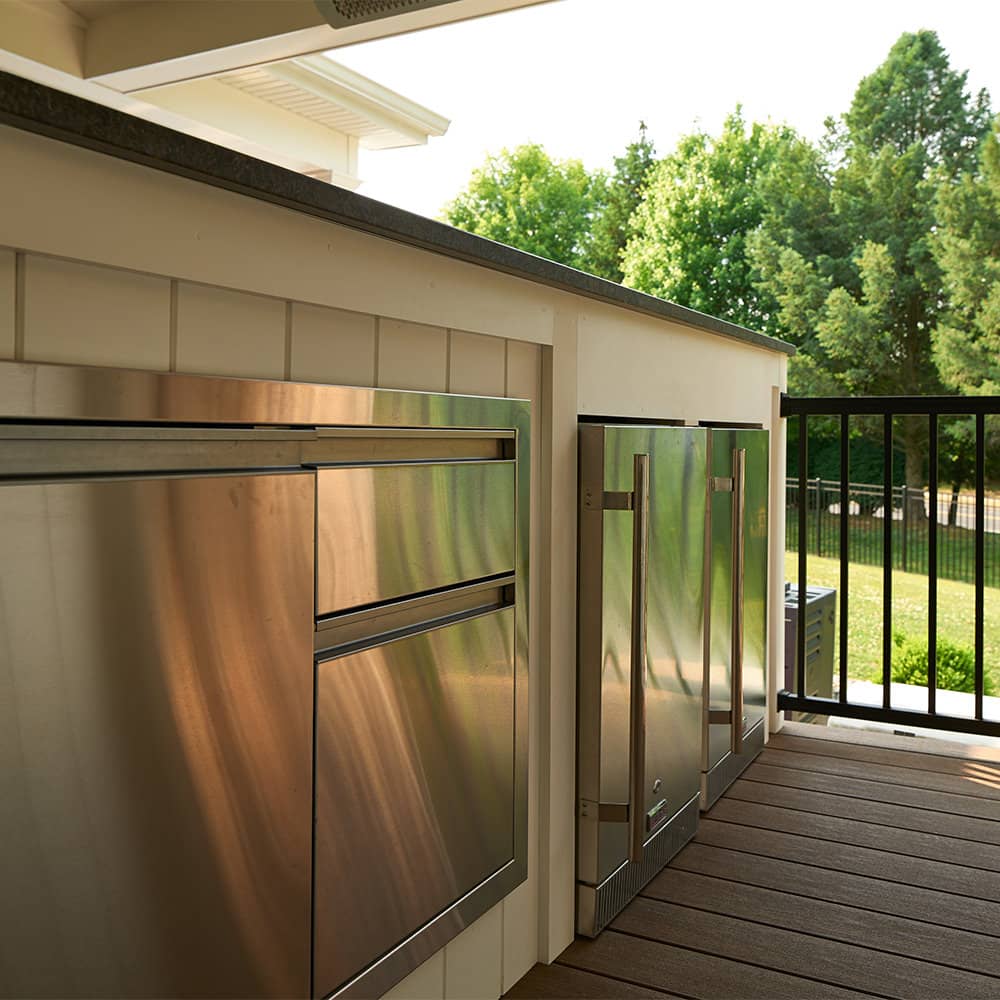
An outdoor kitchen/bar can include as little or as many features as you’d like! Our discovery process will hone in on what makes the most sense for your family, home and lifestyle.
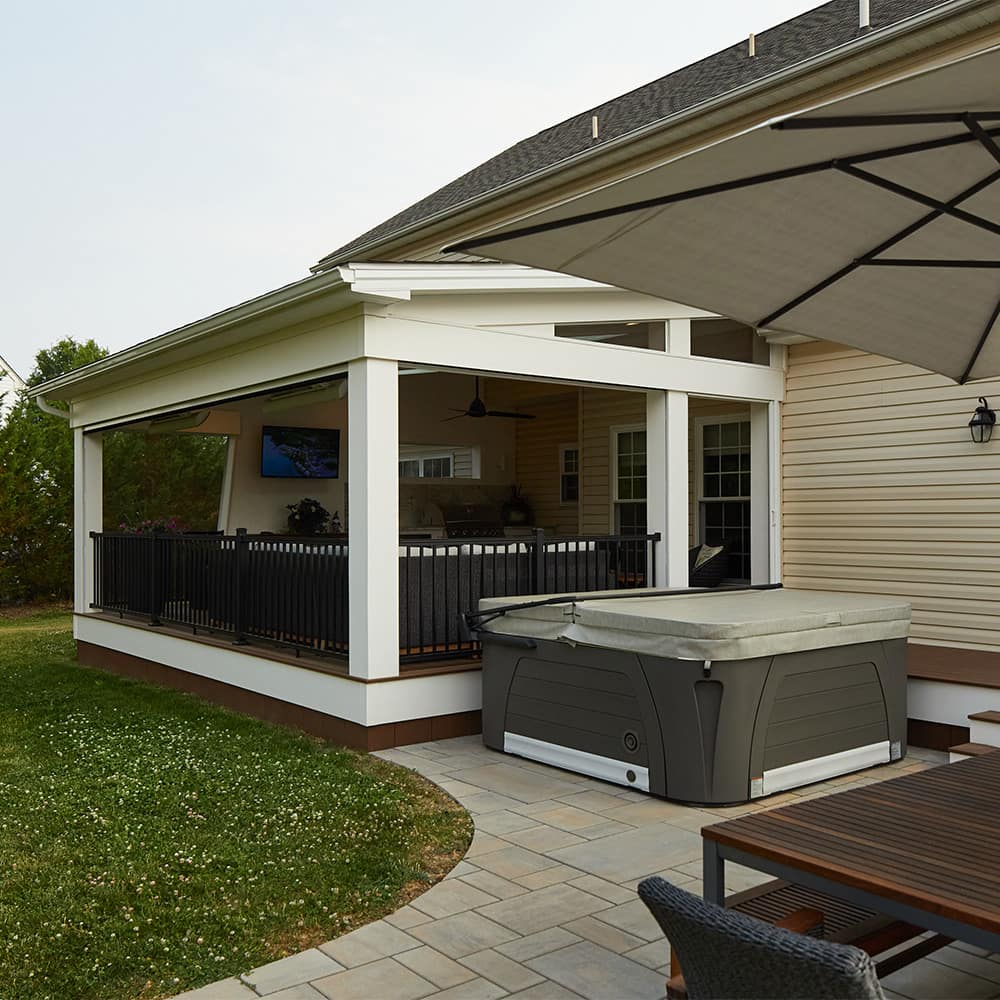
Working with a designer is a truly efficient process. This hot tub in Schwenksville, PA was placed strategically for the deck to act as additional privacy and the deck’s catwalk to provide a way to get in and out of the water!

This Center Valley project combines all of nature’s finest elements into one beautiful landscape design.
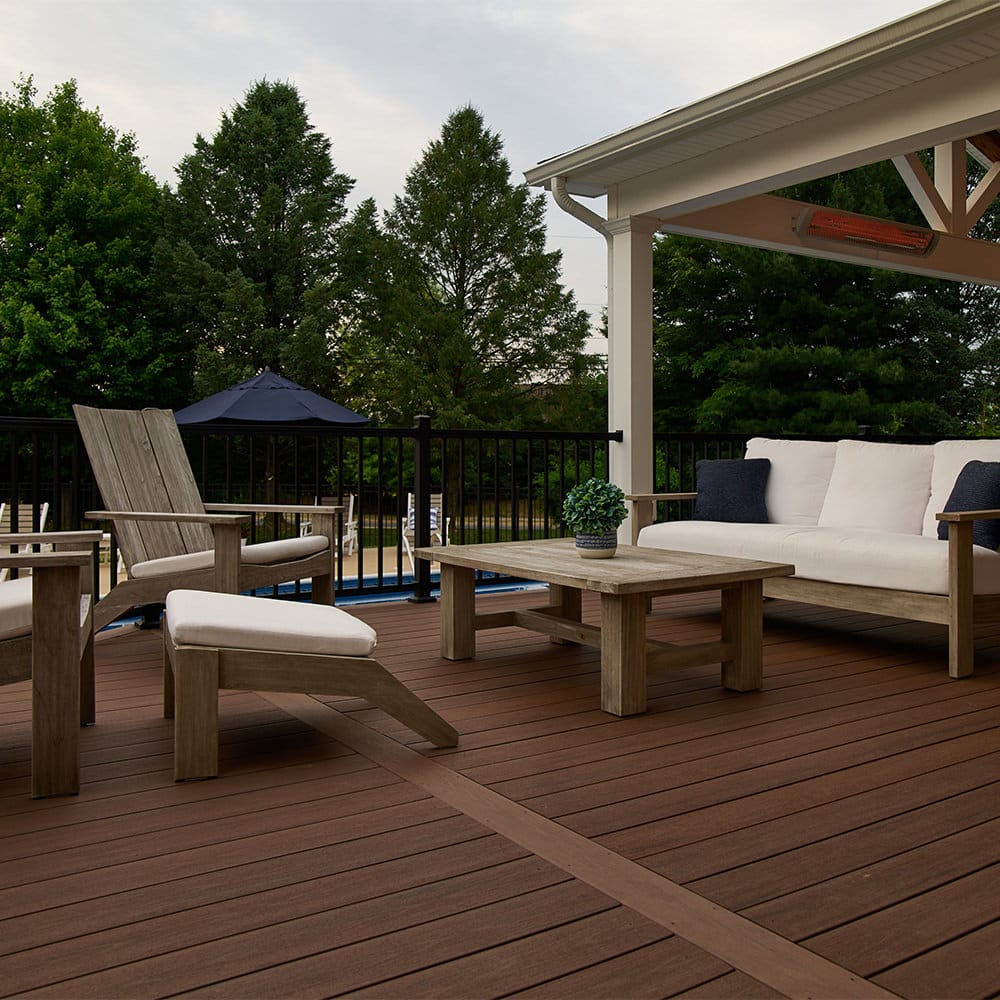
This open-air lounge space allows this family to relax under the stars and catch up on each other’s day. Pure bliss!

The way the sunset reflects off this custom overflow spa makes the water look like a sheet of glass! Perfection.

Efficient outdoor living design will keep green spaces in tact so your kids can be kids and have room to adventure!
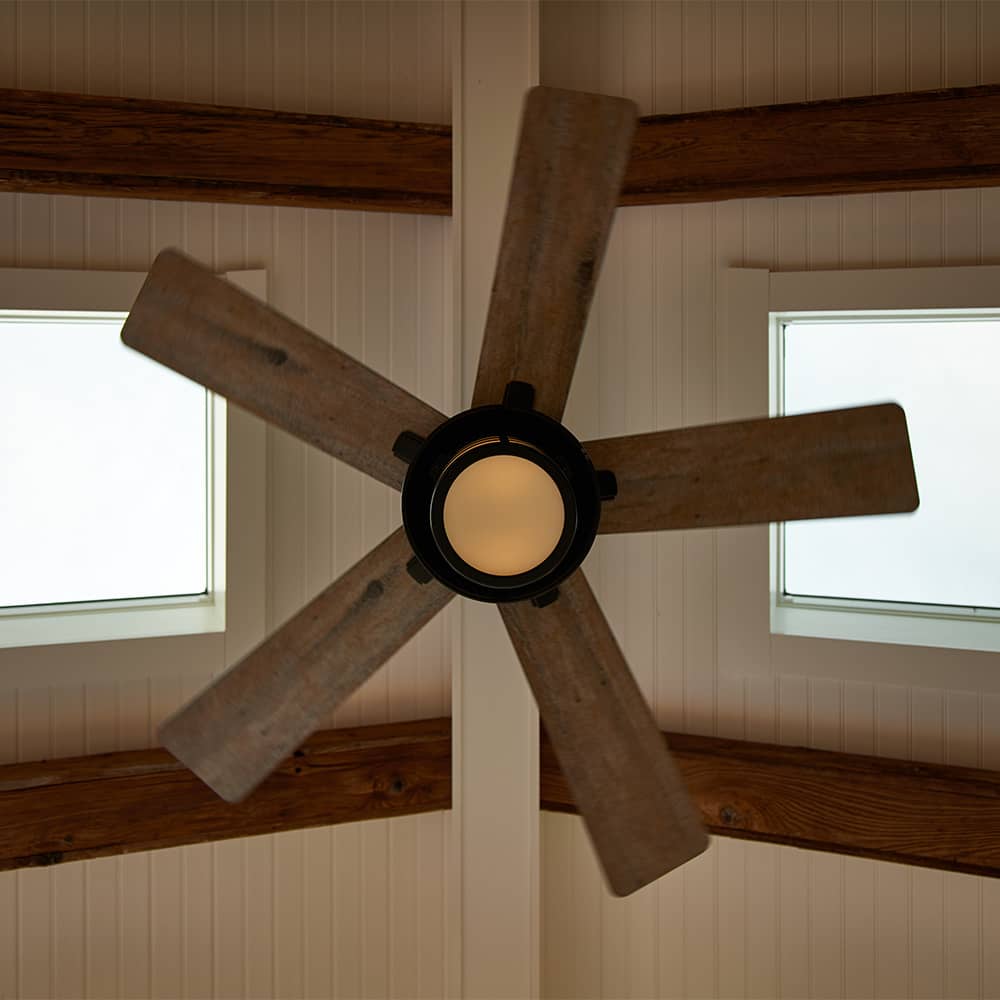
Every MasterPLAN project includes exceptionally creative design, unmatched craftsmanship and precise execution. This is our promise to you!





